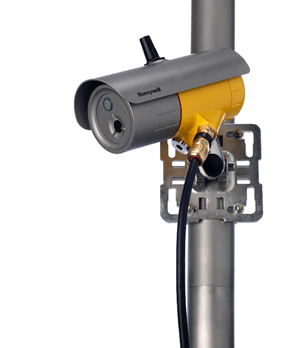Why acoustic gas detectors make a difference: The Searchzone Sonik
When dealing with compressed gasses in outdoor applications or when distributing pressurized natural gas through pipelines, in the event of leaks or fires, the hazards can range from personal injury or death to serious infrastructure damages. Traditional gas detection methods can be influenced by environmental factors like wind, so additional safeguards, such as acoustic gas detectors, should be put in place to help provide continuous monitoring.
Compressed gases are present in a variety of industries like Oil & Gas, Chemical and Petrochemical and Power Generation. These gases may be stored in cylinders or tanks or distributed through a network of pipes. Their contents can vary from inert and harmless to toxic or explosive. Regardless of the gas inside, all compressed gas applications can present health and safety hazards, ranging from oxygen displacement (risk of asphyxiation), fires, explosions, and toxic gas exposure.
Continuous monitoring of worksites, as well as storage and distribution facilities for compressed gases and natural gas pipelines is an important measure in reducing health, safety, waste and environmental hazards. Typically, well-designed and well-maintained ventilation systems, in conjunction with point detectors, detect hazardous gases in the workplace.
But what happens when working with compressed gases outside? Any outdoor application with compressed gas must take into account that the wind can carry the gas away from the point or open-path detector.
The technology embedded in acoustic gas detectors such as Honeywell’s Searchzone Sonik is used to “hear” a gas leak. It has one of the fastest response times to sense a pressurized gas leak.
Some of the advantages of using the Searchzone Sonik gas detector include fast response time, reduced risk of nuisance alarms, easy to use and access, solid-state sensor without moving parts.
